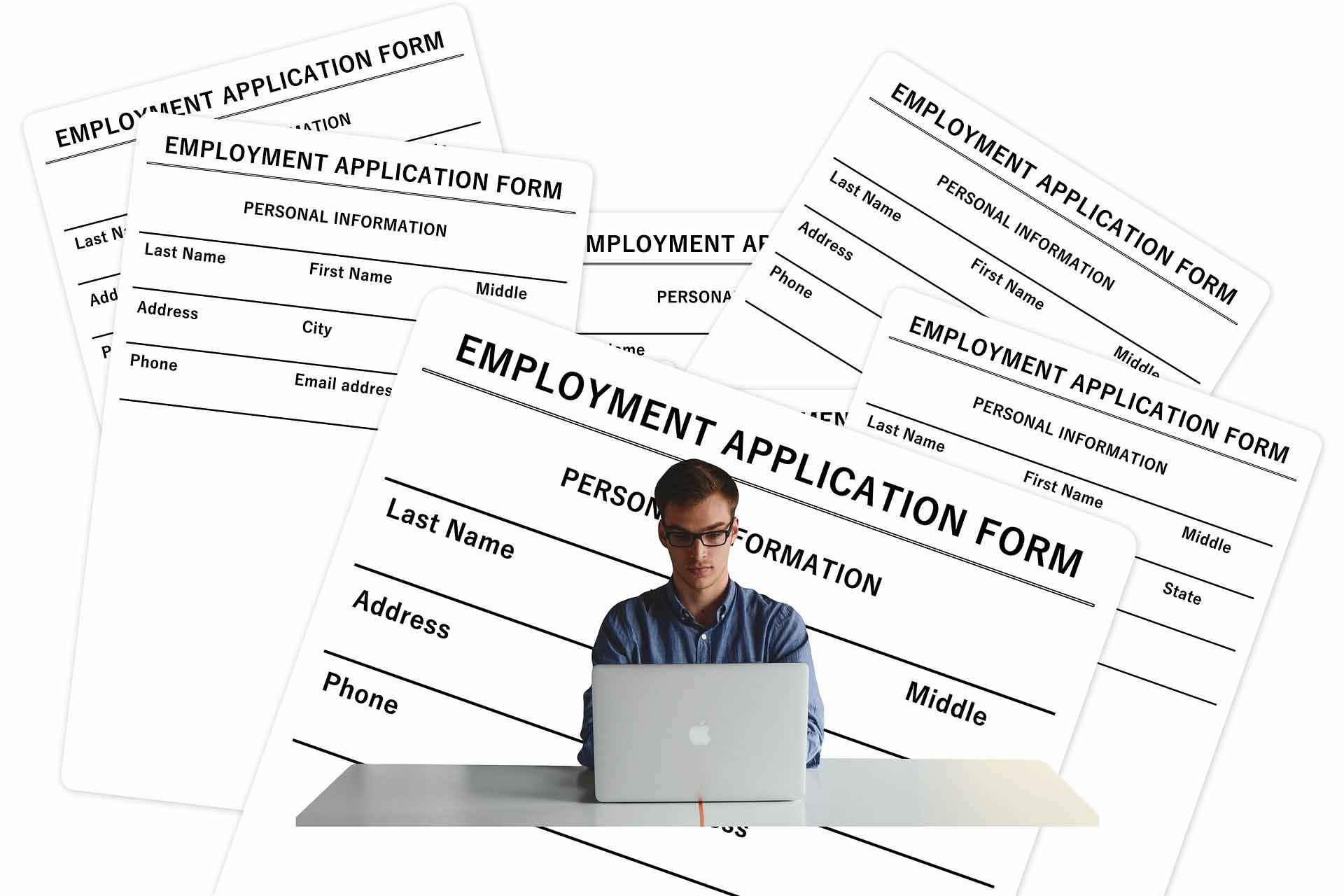
We hear about power a lot when it comes to the world of work. Firms have it and workers don’t.
This is received wisdom for many. It might exist in the mind as:
- Rents are high; my wage isn’t
- Large firms that don’t care about people are forcing local firms out of business
- Fewer people are in unions (how do I even join a union?)
But is it true? Does a power imbalance exist?
Economic theory suggests one reason why it does: monopsony power.
What is monopsony power?
Textbook monopsony is where there is a single buyer of a good (eg coal) in a market with many (coal) sellers. The lack of competition facing the buyer gives it the power to pay less for coal than would be possible in a perfectly competitive market.
But this power can exist in a world with more than one buyer – it just depends on how much competition there is between buyers.
And there is now a wealth of research showing that labour markets may not be so competitive. Firms, who buy labour, have the ability to set lower wages than they otherwise could in a perfectly competitive labour market.
Ok but what is a perfectly competitive labour market?
It is a labour market where many identical employers are competing for the same pool of workers. This competition results in all firms paying the exact same wage. If McDonald’s decided to pay £0.01 less per hour then they would lose all their workers to KFC and Burger King paying the market rate.
A worker who lost her job in this market could immediately find another identical employer paying the same wage.
What happens in the real world?
In the real world, labour markets aren’t perfect.
Job switching is not immediate because there are search costs associated with finding new work – you have to update your LinkedIn profile, fill out forms and organise time off surreptitiously to find the time for an interview.
And employers aren’t identical because even if pay across organisations in an industry is equivalent, the attitude toward sick leave, their working from home policy, and geographic location will be different. Employees will have idiosyncratic preferences across all these dimensions which implies that there are only a small number of firms offering a specific package of wages and amenities that is suitable for each potential employee.
Firms may even purposefully increase switching costs or reduce their employee’s opportunities through non-compete clauses (which restricts workers from joining other firms in the same industry) or forcing staff to give excessive notice-periods if they wish to leave.
These factors reduce wage competition between firms and means that employers can lower wages by £0.01 per hour (or more) without seeing a mass exodus of employees to competing firms. They have power to set wages rather than pay the market rate.
And ultimately this reflects a redistribution from wages to profits compared to the perfectly competitive market. Employees receive less, shareholders get more.
Does monopsony explain why there is labour exploitation?
The concept of monopsony is useful to understand situations of exploitation, ranging from firms that do not comply with minimum wages to criminals that rely on forced labour. In these cases, the worker’s job preferences are constrained perhaps by their visa status or financial insecurity, and their search costs would be extremely high because leaving the job risks physical abuse or being unable to feed one’s family. Therefore, the wage some workers are willing to accept is well below a living wage and some firms will exploit this situation for their own benefit.
Monopsony power makes it more difficult for workers to ask for better pay and working conditions.
Are there any concrete examples of monopsony? How do economists measure it?
Economists have a number of different ways to measure monopsony, focusing on either search costs or idiosyncratic preferences, and using data on job applications, quit rates, geographic concentration of firms etc.
But one of the most important findings which shows that monopsony likely exists is that minimum wage increases do not on average result in job losses in the UK. It seems that firms in low-wage sectors can pay higher wages and simultaneously remain profitable if they are mandated to do so. This suggests that wages are being set lower than they would be in a perfectly competitive market. UK Government commissioned research finds that the minimum wage can actually reduce vacancies and turnover instead of destroying jobs.
For higher-wage jobs, monopsony power is apparent when we see firms lowering wages without losing a significant portion of their staff. Departments in the UK Civil Service are contemplating the removal of the ‘‘London weighting’ for civil servants that continue to work from home. The London weighting is essentially a bump in pay that London-based civil servants get to deal with the higher cost of living in the capital. If the Department of Health and Social Care was to remove this weighting, and there was no mass exodus of affected employees to other departments or to the private sector, then it suggests that the department has some monopsony power.
The existence of pay freezes and fire and rehire practices too suggests monopsony power.
Can we do anything to limit monopsony?
Yes!
While monopsony power is likely to hang around to some degree in labour markets, policy can help to counteract it. Alan Manning, a professor at LSE that cares about this stuff, suggested the following policy options in a 2020 speech:
- Increase minimum wages
- Establish countervailing worker bargaining power to the monopsony power of employers, for example increasing employee voice in firms and strengthen trade unions.
- Regulating labour contracts – eg banning non-compete clauses except in very narrow circumstances, or reducing the notice periods that employees have to give. Contracts should be easier to understand for employees.
The UK Competition and Markets Authority too could focus more of its energy on anti-competitive behaviour in the labour market.
For anti-slavery and anti-labour exploitation advocates: remember to highlight the existence of monopsony power in your consultation response documents. Higher unemployment benefits and improved safeguards for workers leaving their current employers can reduce the labour market frictions that feed monopsony power.
For unions: the existence of monopsony provides a stronger case for collective bargaining as a countervailing force, and helps to explain why fire and rehire practices and pay freezes are unfair. It justifies the removal of non-compete clauses and excessive notice periods from contracts. In some labour markets, the case for higher wages and better conditions may include increased employment overall (as we sometimes occurred when minimum wages were raised).
For workers: take advantage of current staff shortages in some sectors to demand better pay, training and conditions. Monopsony power may serve firms, but other factors can provide opportunities for workers.
For further reading, take a look at Obama’s Council of Economic Advisers Briefing of 2016, Anna Stansbury and Lawrence Summers 2018 paper, and Alan Manning’s blog of August 2020 and paper of 2019. I have drawn much of this article from these excellent resources.
By George Ritchie


